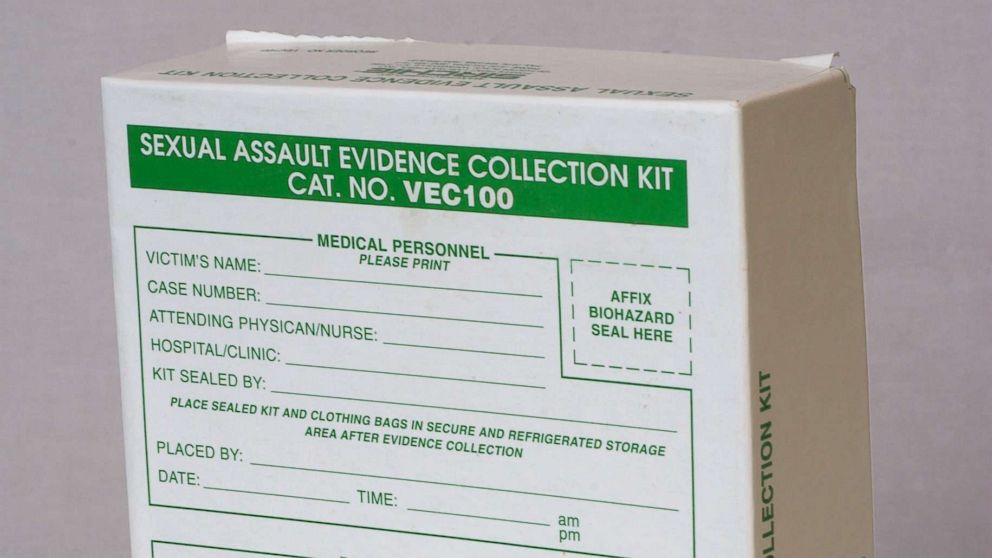The U.S. opioid crisis is hitting the country on many fronts, including the labor market, data reviewed by CNBC show.
States that prescribe more opioids per 100 people tend to have fewer people in their labor force. West Virginia, a state with one of the highest opioid prescription rates in the country in 2015, had the lowest labor force participation rate in 2018 at 54 percent. Alabama, the state with the highest prescription rate, has a participation rate of 57 percent — which is also one of the lowest.
In turn, states like Minnesota and Colorado have two of the highest labor-force participation rates along with low opioid prescription levels. (See the chart above to get the participation rates of more states and how it relates to their opioid prescription levels.)
Opioid overdose-related deaths have skyrocketed in recent years. Between 1999 and 2017, these deaths rose six-fold, according to the National Institute on Drug Abuse.

Federal Reserve Chair Jerome Powell acknowledged the opioid crisis’ effect on the U.S. economy in a “60 Minutes” interview Sunday. “The opioids crisis is tens of millions of people; they tend to be young males. It’s a very significant problem and it’s part of a larger picture,” he said.
“When you have people who are not taking part in the economic life of the country in a meaningful way, who don’t have the skills and aptitudes to play a role — or are not doing so because they’re addicted to drugs or are in jail — then, in a sense, they are being left behind,” Powell added. “We have an unusually large number of people in their prime working years who are not in the labor force. The United States has a lower labor force participation rate than almost any other advanced country. That is not our self-image as a country.”

